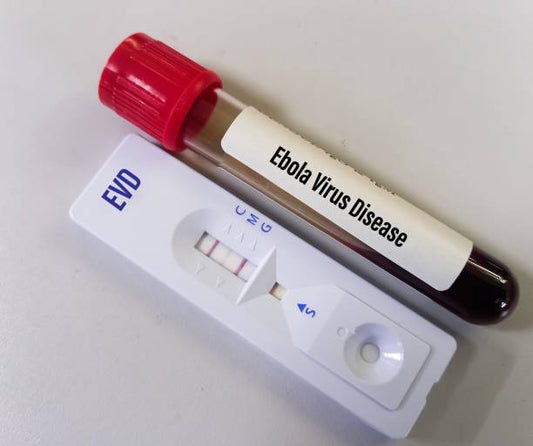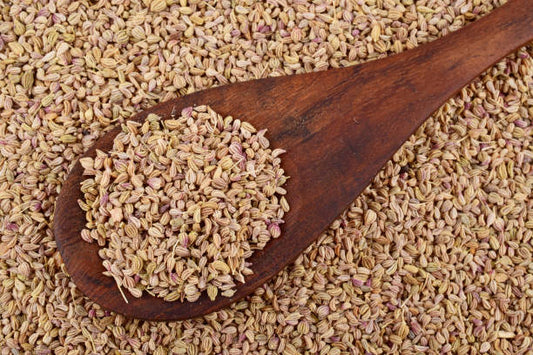Food grade plastics are widely used in packaging and food containers, claimed to be safe for contact with edibles. However, concerns persist regarding their actual safety. Let's delve into the reality behind food grade plastic and its potential risks to health.
1. Understanding Food Grade Plastic
- Definition and Purpose: Food grade plastics are specifically manufactured to meet stringent safety standards for contact with food and beverages.
- Regulatory Compliance: These plastics adhere to guidelines set by regulatory bodies like the FDA to ensure safety.
2. Concerns and Potential Risks
- Bisphenol A (BPA): Historically used in some plastics, BPA raised concerns due to its potential to leach into food. Many manufacturers have shifted away from using BPA in food-related applications.
- Phthalates: These chemicals, found in certain plastics, have also raised health concerns, particularly regarding their possible endocrine-disrupting effects.
- Microplastics and Migration: There are worries about the migration of microplastics or chemical components from food grade plastics into food and beverages, especially under certain conditions like heat or acidic environments.
3. Research and Controversies
- Studies on Health Effects: Ongoing research aims to understand the long-term health effects of exposure to substances in food grade plastics. Findings often present conflicting viewpoints, leading to controversies.
- Debates in the Scientific Community: Scientists are actively discussing and researching the safety implications of different plastic components and their impact on human health.
4. Regulatory Measures and Consumer Awareness
- Regulatory Changes: Due to public concerns, regulatory bodies have made adjustments, limiting or banning certain plastic components in food-related products.
- Consumer Awareness: Increased awareness among consumers has led to a shift in preferences, with many opting for alternative packaging materials perceived as safer.
5. Best Practices and Recommendations
- Proper Use and Handling: Follow manufacturer instructions for the intended use of food grade plastics to minimize potential risks.
- Consider Alternatives: Explore alternative food storage options such as glass, stainless steel, or silicone containers.
- Recycling and Disposal: Properly recycle or dispose of food grade plastics to reduce environmental impact and potential risks associated with degradation.
Conclusion:
The safety of food grade plastic remains a complex and evolving subject. While these plastics undergo stringent testing and compliance measures, ongoing research and changing regulations highlight the need for consumer awareness and the exploration of safer alternatives.












